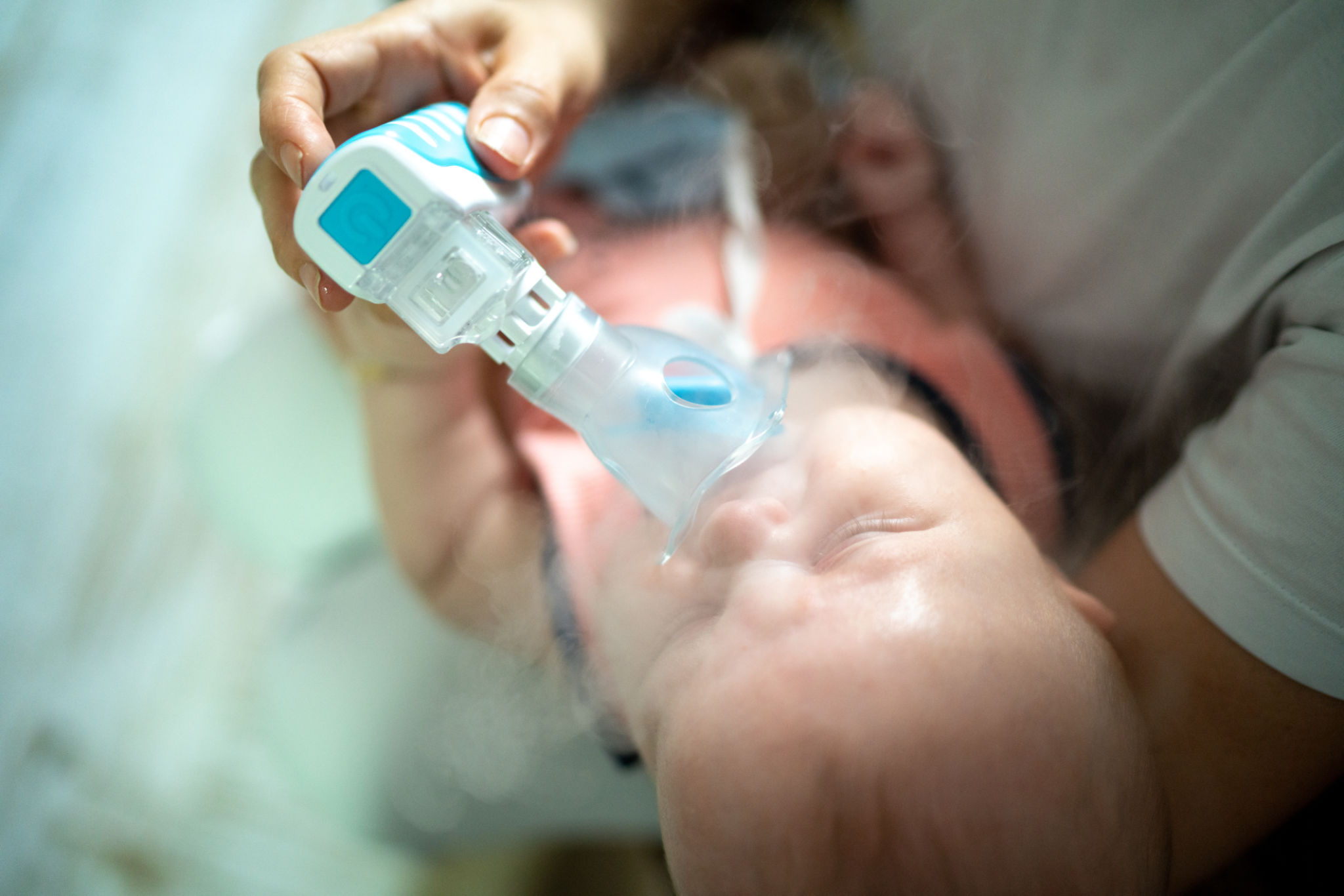How to Perform CPR on Infants: A Step-by-Step Guide
Understanding the Importance of Infant CPR
Performing CPR on an infant can be a daunting task, but it is an essential skill that can save a child's life. Infants are more delicate than adults, and their bodies require a gentler touch. Knowing how to properly administer CPR can make a significant difference during critical situations.
Infant CPR is different from adult CPR, primarily because of the infant's smaller size and fragility. It is crucial for parents, caregivers, and anyone who regularly interacts with infants to learn and practice these life-saving techniques.

Assessing the Situation
Before starting CPR, it is important to quickly assess the situation. First, check if the infant is responsive by gently tapping their foot and calling their name. If there is no response, it is time to act swiftly.
If you are alone, perform CPR for two minutes before calling emergency services. If someone is with you, ask them to call for help immediately while you begin CPR.
Checking for Breathing
After determining unresponsiveness, check if the infant is breathing. Place your ear close to their mouth and nose, listening and feeling for breaths. Look at their chest to see if it rises and falls. If the infant is not breathing or only gasping, begin CPR without delay.

Performing Chest Compressions
Chest compressions are a vital component of CPR. Place two fingers in the center of the infant's chest, just below the nipple line. Press down gently, compressing about 1.5 inches deep at a rate of 100 to 120 compressions per minute.
Ensure that your fingers are perpendicular to the chest and allow the chest to fully recoil between compressions. This step helps maintain blood flow to the brain and vital organs.
Administering Rescue Breaths
After 30 chest compressions, it is time to give rescue breaths. Tilt the infant's head back slightly by placing one hand on their forehead and lifting the chin with your other hand. Seal your mouth over the infant's mouth and nose, creating an airtight seal.
Gently blow into the infant's mouth for about one second, watching for the chest to rise. Give two rescue breaths, then return to chest compressions.

Continuing CPR Until Help Arrives
Continue the cycle of 30 chest compressions followed by two rescue breaths until emergency medical personnel arrive or the infant begins to show signs of life, such as coughing or breathing normally.
If you feel fatigued, try to continue until someone else can take over. Remember, your actions are critical in ensuring the infant's survival during this crucial time.
Learning and Practicing Infant CPR
While reading about CPR is useful, nothing replaces hands-on practice with a certified instructor. Consider enrolling in a first aid class that covers infant CPR to gain confidence in your skills.
Regular practice will help you stay calm and effective during emergencies. Knowing how to perform CPR on infants can make all the difference when every second counts.
